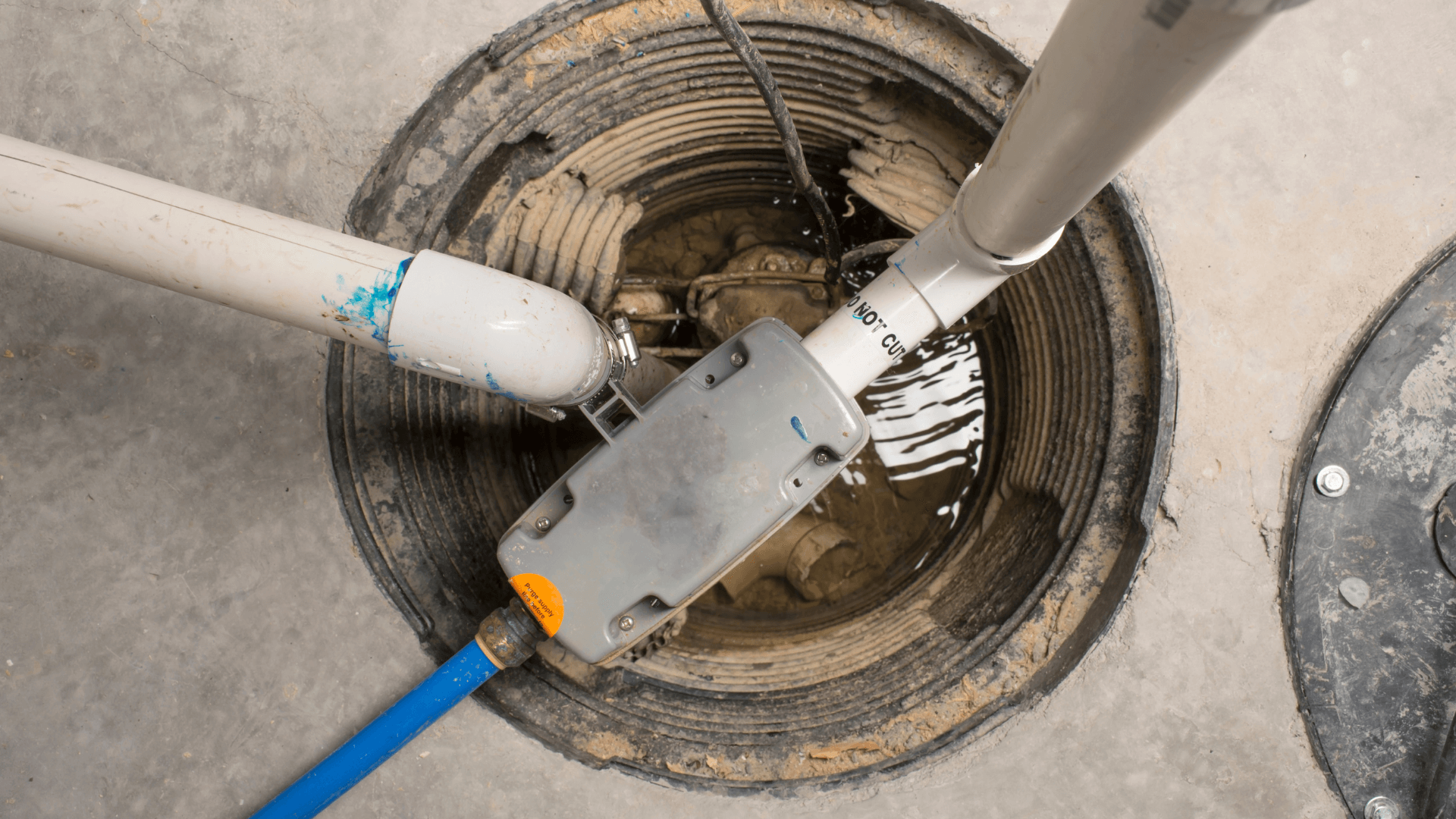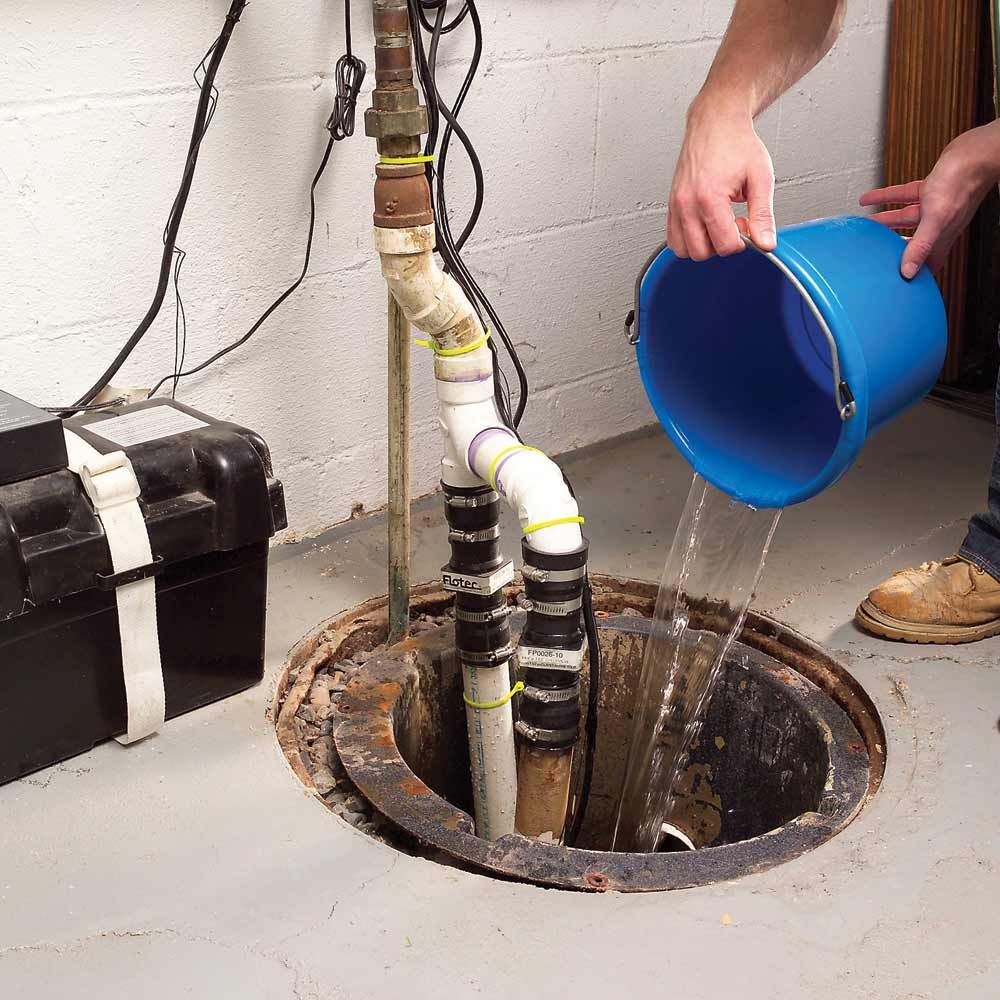How do you feel when it comes to Keep Your Sump Pump Clean, It'll Keep You Dry?

Sump pumps are vital elements in numerous homes, especially in areas vulnerable to flooding or extreme moisture. They help prevent water damage by successfully removing excess water from basements or crawl spaces. Nonetheless, like any other home appliance, sump pumps need normal upkeep to guarantee they operate effectively when needed the most. Cleansing your sump pump is a crucial part of its maintenance, and comprehending just how to do it properly can save you from pricey fixings and prospective calamities.
Introduction
Keeping a tidy sump pump is crucial for its proper performance and longevity. Overlooking this important job can lead to obstructions, malfunctions, and eventually, water damages to your residential or commercial property. For that reason, learning how to cleanse a sump pump is critical for home owners that count on these gadgets to maintain their cellars dry and secured.
Understanding the Sump Pump
Before diving into the cleansing process, it's essential to have a basic understanding of exactly how a sump pump functions. Normally installed in a pit or container listed below the basement floor, a sump pump includes a number of vital components, consisting of a pump, a float button, and a discharge pipe. When water accumulates in the pit, the float button activates the pump, which after that pumps the water out with the discharge pipe, away from the building's foundation.
Indications of a Dirty Sump Pump
Understanding when your sump pump needs cleansing is critical for stopping possible malfunctions. Some usual signs that suggest a dirty sump pump include strange sounds throughout procedure, minimized water circulation, and visible debris in the pit. If you observe any one of these signs and symptoms, it's necessary to clean your sump pump quickly to stay clear of any additional concerns.
Planning for Cleaning
Prior to you start cleaning your sump pump, it's vital to take some safety and security precautions. Start by shutting off the power to the pump to avoid any electric crashes. Furthermore, use proper safety equipment, such as gloves and goggles, to protect on your own from dirt, particles, and potential microorganisms.
Step-by-step Guide to Cleaning a Sump Pump
Shutting Off the Power
Begin by detaching the power supply to the sump pump to avoid any mishaps while cleansing.
Removing Particles and Dust
Utilize a pail or a scoop to eliminate any visible debris, dust, or debris from the sump pit. Dispose of the particles effectively to prevent it from obstructing the pump or the discharge pipe.
Cleaning the Pump and Drift Change
When the pit is free from particles, meticulously get rid of the pump from the pit. Inspect the pump and the float button for any type of signs of damages or wear. Make use of a soft brush or cloth to cleanse the surfaces and eliminate any type of collected gunk.
Flushing the System
After cleaning the pump and float button, flush the sump pit with tidy water to get rid of any continuing to be dirt or sediment. This will certainly aid make sure that the pump runs efficiently and successfully.
Checking for Appropriate Performance
Before re-installing the pump, perform a fast test to guarantee that the float switch turns on the pump appropriately. Put some water right into the sump pit and observe the pump's operation. If whatever is working correctly, you can rebuild the pump and reconnect the power supply.
Upkeep Tips to Maintain Your Sump Pump Clean
In addition to regular cleansing, there are several upkeep ideas you can follow to maintain your sump pump in optimum problem:
Conclusion
Cleaning your sump pump is a critical element of its upkeep and guarantees that it operates properly when you need it the most. By following the actions detailed in this guide and including routine maintenance into your regimen, you can extend the life-span of your sump pump and protect your home from water damage.
6 STEPS ON HOW TO CLEAN A SUMP PUMP PROPERLY
UNDERSTANDING SUMP PUMPS
Your sump pump plays a crucial role in protecting your home by managing and removing excess water. It primarily functions as a “shield”, guarding your basement against the damaging effects of water accumulation. The pump is housed in a sump pit in the lowest part of your basement, and its job is to pump out any water that collects there.
During heavy rainfalls or when snow melts rapidly, water can infiltrate your basement, posing potential risks like flooding, structural damage, and harmful mold growth. Here, the sump pump springs into action, pumping out the intruding water and directing it away from your home.
SAFETY FIRST
Before cleaning, remember to prioritize safety. Disconnect the sump pump from the power source to prevent any accidental electric shocks. Also, wear sturdy gloves to protect your hands from any sharp or dirty components within the pump.
REMOVE THE SUMP PUMP
After ensuring your safety, the next step is to remove the sump pump from its pit. Doing this might require careful maneuvering as you don’t want to damage any pump components. Once removed, clean the sump pit to remove any accumulated debris or sludge.
INSPECT THE PUMP
Inspect the pump for any visible signs of wear or damage. Check the power cord, float switch, and impeller housing. If any components look worn out or damaged, consider replacing them to ensure optimal performance.
CLEAN THE PUMP
Thoroughly clean the pump with warm, soapy water. Make sure to rid it of any dirt, gravel, or other debris that might impede its performance. You can use a toothbrush to clean the small, hard-to-reach parts of the pump.
REINSTALL THE SUMP PUMP
Reinstall the pump into the sump pit Make sure it’s positioned correctly to remove the water effectively Once it’s back in place, reconnect it to the power source TEST THE PUMP
Finally, pour some water into the pit to ensure the pump works correctly. It should start automatically and begin pumping out the water; if it doesn’t, check the power source and the positioning of the pump.
Remember, while cleaning your sump pump is an essential part of home maintenance, hiring a professional plumber for a thorough inspection and cleaning at least once a year is also important. This will ensure that your pump is in optimal condition, ready to protect your home from potential water damage.
BEST PRACTICES FOR CLEANING SUMP PUMP DISCHARGE PIPES
Regular Inspection: Regularly inspect your discharge pipes, especially during heavy rainfall or snowmelt periods. Look for any signs of blockage or damage. Early detection of problems can prevent serious issues down the line. Periodic Cleaning: Over time, sediment and debris can accumulate in the discharge pipes, impeding the flow of water. Regular cleaning helps keep the pipes clear and functioning efficiently. You can use a high-pressure water jet to effectively clean the pipes. Insulation During Winter: In colder climates, discharge pipes can freeze, blocking the outflow of water. Protect your discharge pipes from freezing temperatures by insulating them with foam pipe insulation. This will ensure the sump pump can continue to discharge water even in freezing conditions. Proper Positioning: The discharge pipe should be positioned to direct water away from your home’s foundation. Improper positioning can lead to water seeping back into the basement. Ensure the pipe is long enough and angled correctly. Installation of a Check Valve: A check valve prevents water from flowing back into your sump pit after the pump has pushed it out. Installing a check valve helps maintain the efficiency of your sump pump and reduces the risk of flooding. Minimize Pipe Turns: Every curve or turn in the discharge pipe can decrease the efficiency of water flow. By minimizing turns and bends in your discharge pipe, you can increase the efficiency of your sump pump. https://www.fullspeedplumbing.com/how-to-clean-a-sump-pump-properly9999/

I hope you enjoyed reading our part about Cleaning & Maintenance Tips for Your Home's Sump Pump. Thanks for taking time to browse our piece of content. Sharing is caring. You won't know, you may just be doing someone a favor. I take joy in your readership.
Call Today